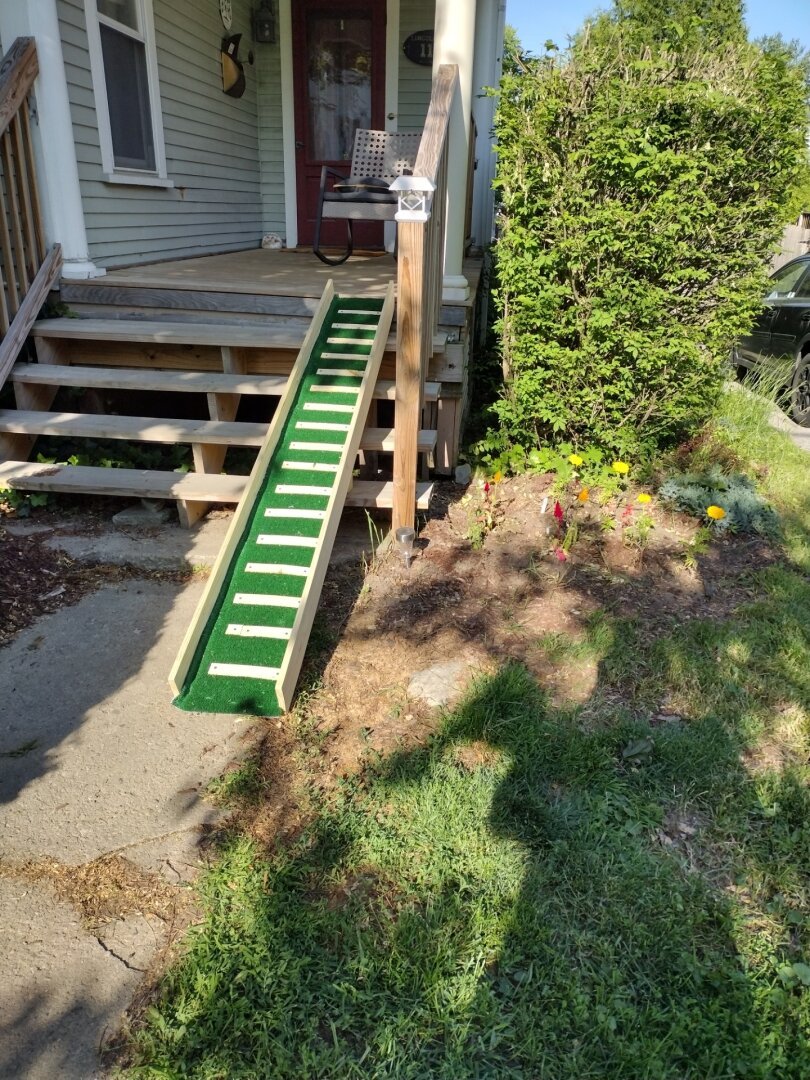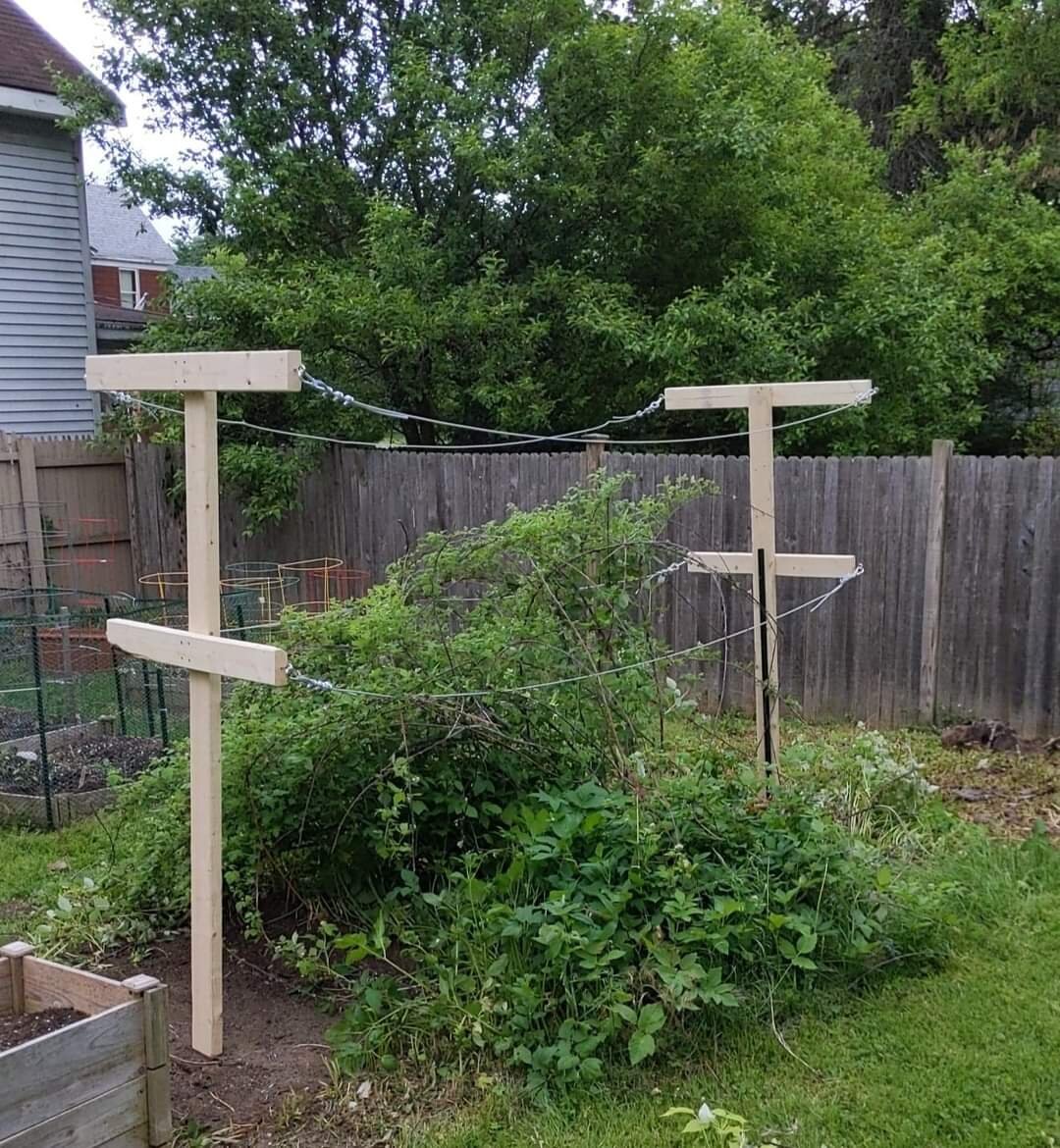Celebrating Francistide

The little season celebrated by the Franciscan family from September 17th to October 4th is called Francistide. The community reflects on the faithful death of Francis and his confidence that Sister Death would carry him home to Christ.
Francis had been fasting in preparation for the commemoration of Michael and All the Angels when he had an incredible vision of a Seraph on Holy Cross Day (September 14th) This mystical encounter left him marked with the wounds of Jesus, known as stigmata (signs), on his hands, feed, side and head. The revelation of these signs of unity with Christ is celebrated on September 17th.
Francis was in ill health, failing from his days as a prisoner of war and from the constant discipline to which he had subjected his body. When it became clear that he would not recover, he was laid in the Little Portion Chapel and attended to by his closest friends. The community began to mourn, and all the while he kept pointing away from himself and towards Jesus.
During this time Francis composed his most famous poem, the Canticle of the Creatures, a soaring exposition of his faith in Christ, love for God as creator, and profound sense of kinship with everything around him.
Most High, all powerful, good Lord, Yours are the praises, the glory, the honour, and all blessing.
To You alone, Most High, do they belong, and no man is worthy to mention Your name.
Be praised, my Lord, through all your creatures, especially through my lord Brother Sun, who brings the day; and you give light through him. And he is beautiful and radiant in all his splendour! Of you, Most High, he bears the likeness.
Praised be You, my Lord, through Sister Moon and the stars, in heaven you formed them clear and precious and beautiful.
Praised be You, my Lord, through Brother Wind, and through the air, cloudy and serene, and every kind of weather through which You give sustenance to Your creatures.
Praised be You, my Lord, through Sister Water, which is very useful and humble and precious and chaste.
Praised be You, my Lord, through Brother Fire, through whom you light the night and he is beautiful and playful and robust and strong.
Praised be You, my Lord, through Sister Mother Earth, who sustains us and governs us and who produces varied fruits with coloured flowers and herbs.
Praised be You, my Lord, through those who give pardon for Your love, and bear infirmity and tribulation.
Blessed are those who endure in peace for by You, Most High, they shall be crowned.
Praised be You, my Lord, through our Sister Bodily Death, from whom no living man can escape.
Woe to those who die in mortal sin. Blessed are those whom death will find in Your most holy will, for the second death shall do them no harm.
Praise and bless my Lord, and give Him thanks and serve Him with great humility.
Traditional celebrations of Francistide include visiting with members of the Franciscan family for prayer and meditation, liturgies celebrating creation and offering blessings to animals, meditating on the power of the Cross, and a solemn vespers on October 3rd to mark the occasion of Francis’ dying. This is often followed up by eating sweet almond cookies, a favorite treat of Francis, in memory of the kindness of Br. Jacoba, a devoted follower who visited him near the end.
Practice
- What’s a significant stretch of days in your practice and tradition?
- What are the sights, sounds, smells, and tastes of that time?
- How do you gather with others for an experience of shared life and practice?
- Take some time for silence and then offer a prayer of thanks for this time.
Be gentle with yourself, you are worth it.
Peace and Everything Good,
The Rev. JM Longworth, OEF Spiritual Direction and Trauma Care
https://www.sdicompanions.org/sdi-profile/GreenMtFriarOEF/ To book an appointment: https://calendly.com/greenmtfriaroef



 Last weekend I spent a significant bit of time on a single garden project. I built a raspberry trellis out of wood, cable, and metal stakes. The eventual goal is to take the somewhat unruly raspberry bush and gently train it up into the cables so it can grow with better airflow, lots of sunshine, and easy access for pollinators.
Last weekend I spent a significant bit of time on a single garden project. I built a raspberry trellis out of wood, cable, and metal stakes. The eventual goal is to take the somewhat unruly raspberry bush and gently train it up into the cables so it can grow with better airflow, lots of sunshine, and easy access for pollinators.
 Here in the northern hemisphere, we’re growing accustomed to an ever growing number of daylight hours. Christian communities who follow the Gregorian calendar are in the beginning of Holy Week, a time of intense and prayerful focus on the final days of Jesus’ life and transformation of death and defeat through resurrection.
Here in the northern hemisphere, we’re growing accustomed to an ever growing number of daylight hours. Christian communities who follow the Gregorian calendar are in the beginning of Holy Week, a time of intense and prayerful focus on the final days of Jesus’ life and transformation of death and defeat through resurrection. One key function of prayer, meditation, and reflection time is a form of self-care that I like to call self-nurture. It’s the act of both attuning and attending to presenting needs and feelings the way that a caregiver does for another person. This can be especially important when puzzling over why we reacted or responded to the circumstances of our day in a way that feels “over-sized” for the actual experiences we encountered. What was happening outside of us probably began to dance with what is inside of us, our unspoken and sometimes even unacknowledged needs. Sometimes we can’t process the meaning of an experience, or begin to grasp where Divine Wisdom was unfolding in the space, because we have an unmet need, an unrealized sensation, or an incomplete physical or emotional response happening in response to what we have heard, seen, done, or had done to us.
One key function of prayer, meditation, and reflection time is a form of self-care that I like to call self-nurture. It’s the act of both attuning and attending to presenting needs and feelings the way that a caregiver does for another person. This can be especially important when puzzling over why we reacted or responded to the circumstances of our day in a way that feels “over-sized” for the actual experiences we encountered. What was happening outside of us probably began to dance with what is inside of us, our unspoken and sometimes even unacknowledged needs. Sometimes we can’t process the meaning of an experience, or begin to grasp where Divine Wisdom was unfolding in the space, because we have an unmet need, an unrealized sensation, or an incomplete physical or emotional response happening in response to what we have heard, seen, done, or had done to us.